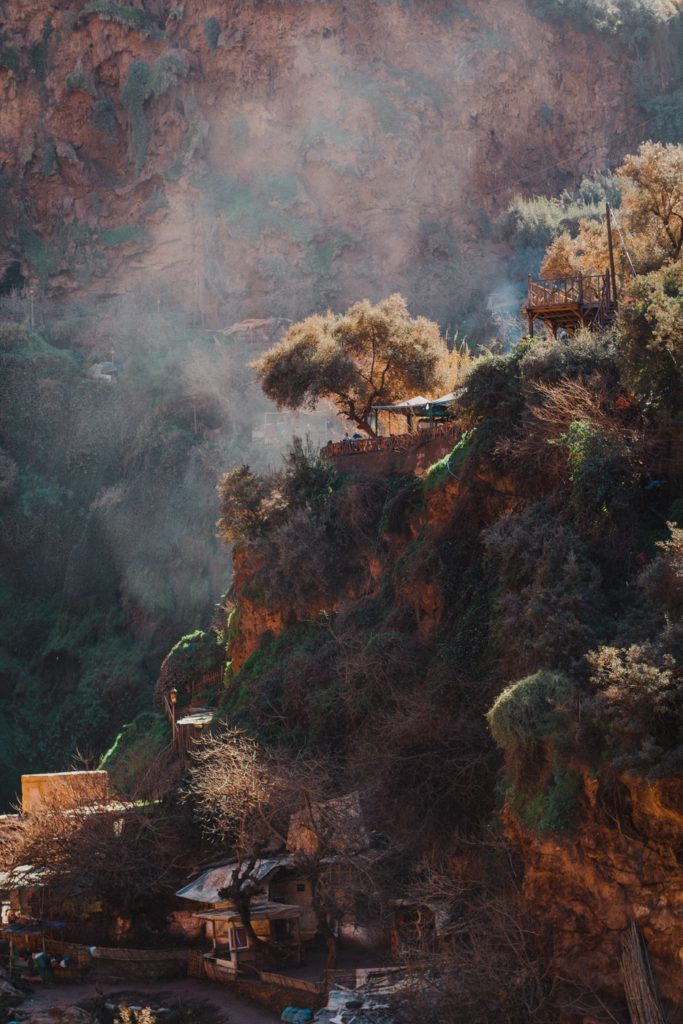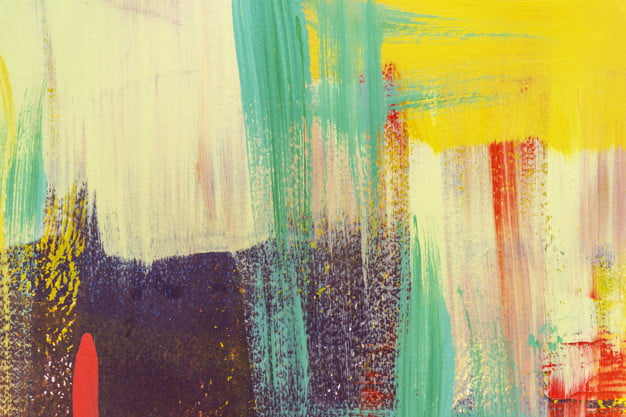Oil painting is one of the most enjoyable mediums for painting. It allows you to achieve a realistic atmosphere and lighting that no other medium can match up to. Hence, the artistic freedom of oil paint is unmatched.

But artists around the world have already discovered how excruciating it can be to dry out oil paint.
At worst, it may even take several days. And considering that the artist has to wait for each layer of paint to dry up before progressing, it not only is a nuisance but can seriously hamper productivity.
But don’t you worry because in this article we have listed all the hacks and tricks that you need to know to quickly dry out oil paint.
Give it a read!
Learn How to Make Oil Paints Dry Faster

Paint
Before we jump into more nuanced and genius ideas of quick dry-times, we need to deal with the most basic part of the whole endeavor, i.e., paint.
For obvious reason, the kind of paint that you use in the making of the painting will be extremely important to the time it takes to dry up.
When it comes to Earth colors, go for the paint which uses Iron Oxide as the pigment source. It will dry up significantly faster than other kinds of paint.
You can get the information of the pigment source, most probably, from the manufacturer’s website but sometimes it’s even labeled on the box and the retailer’s website.
-
Hues with Cobalt/Lead
When it comes to hues - shades with a mixture of pigments, try to opt for the ones that have cobalt and lead in the pigment mixture.
Metal or metal oxide pigments dry up faster than natural pigments. We have witnessed that with iron oxides as well.
All oil paints use some sort of oil as the emulsifier of the paint - generally, linseed, walnut, or poppy.
It is a well-known fact that oil paint that uses linseed oil as the emulsifier dry up significantly faster than ones with walnut or poppy oil - with walnut being better than poppy in that regard.
So, if drying time matters a lot to you, go paint with linseed oil. You can find that information from the manufacturer’s website as well.

Other tools
Apart from picking up the right paint, you’ll also need to use different mediums and additives for serious improvement in drying time. Here are a few things that, according to us, should help you in that pursuit:
Glue chalk gesso is a primer that absorbs a significant amount of oil from the base layer of the painting, hence, allowing it to dry up faster. It also makes the canvas and the painting much more durable.
To properly apply the gesso, use a sponge brush or a special brush called a primer to apply the gesso on the canvas. Apply only a thin layer of gesso on the canvas, and once done, let it dry thoroughly.
If you are really on the crunch, then one thing that would help is the use of a smoother surface of canvas than a textured one.
Surfaces with texture will accumulate more oil than a smoother surface, especially, when it comes to the base layer.
On the other hand, a smoother surface won’t do this. And because of this, a painting done on a smooth canvas will dry up much faster than one done on a textured canvas.
Tweak Your Process
Certain protocols can also be adopted while painting that’ll aid in the drying process. The following are some methods that will be a substantial help in that pursuit.
-
Mix with Linseed oil
We have already mentioned how paint with linseed oil dry up way faster than paint with other oils like walnut and poppy.
Therefore, it’ll also be helpful if while painting, you mix the paint with linseed oil on the palette. This simple method will result in substantial improvement in the drying time of the painting.

-
Make it thin
Always keep in mind that, thinner layers of paint will dry up significantly faster than thicker layers. There’s no voodoo behind this. Of course, if the applied layer has more oil then it will take significantly more time to dry up.
To thin out the layer of paint you can use turpentine, which is one of the most popular mediums used for this purpose. There are also other alkyd mediums like Liquin that can achieve the same result and be harmless unlike turpentine.
Keep in mind that these solvents are to be handled with care because they can have hazardous effects. So, read the labels carefully and handle these solvents with utmost caution.
One tricky but effective method to make your painting dry up fast is by using a heat gun.
You have to be cautious when using a heat gun to dry up the painting because if it is too close to the surface, it can tear up the paint and completely ruin the artwork.
So, be sure to hold it up at least a few inches above the painting and gently hover it on the painting to get the perfect result. From our testing, the ideal temperature for the gun will be somewhere around 130 F.
-
Less number of layers
The less the number of layers you have in your painting, the faster it’ll dry up. Not only that, but it’ll also make finishing the painting a lot less time-consuming.
Therefore, we advise you to plan out your painting before you pick up the brush. Count the number of layers that you’ll have to use to finish the painting and if there’s any way to cut the layers down, do it.
Another thing to keep in mind is that when applying the base layer, make the paint as thin as possible. The base layer is the main culprit of accumulating excessive oil. So, if it’s possible to apply a thin coating for the base layer, it’ll significantly reduce the drying time.
-
Fast Drying Paint for Base Layer
The base layer of paint is one of the most notorious causes of excessively long drying time. So, it’s a no-brainer that if you apply proper precautions when painting the base layer, it’ll significantly improve the dry-up time.
Always, opt for paint with iron oxides, cobalt/lead and/or linseed oil for painting the base layer. If your base layer dries up fast then the subsequent layers as well.
Bonus Hack. One simple hack for base layer painting is to use acrylic paint rather than oil paint, if possible. It’s a known fact that acrylic paint dries up extremely fast when compared not only to oil paint but also every other medium.

Room
After using all the above tips and tricks while painting, when it comes to actually leaving the painting to dry in a room, keep the following things in mind.
-
Room Condition
For quick drying times, maintaining the condition of the room is extremely important. If not done so, the painting will take ages to dry up and in the worst case scenario, might even get ruined.
Of course, the room where you choose to dry up your paintings should have the least humidity possible. Keep it well-lit with natural light - through glass-paned windows. But also make sure that there is no dust in the room.
And according to us, the perfect temperature should be somewhere around 70 F.
-
Tools That’ll help
There are certain gadgets that should help you maintain the condition of the room. Of course, the primary goal will be to control the humidity.
The obvious tools for that purpose will be to use a dehumidifier. A cheaper option is a table fan but to use a table fan, you will have to keep the room squeaky clean - free of dust.
It’s an excellent choice to install an air conditioner in the room because it can do both the jobs of a dehumidifier and a table fan while also keeping the dust in check. But of course, it’s a much more expensive ordeal.
Conclusion
So, that’ll be all for this guide. We hope that the tips and tricks we mentioned in this article help you achieve a substantial cut in drying time.
Some of these methods need a significant investment on your part, so, we’d recommend you to take time and properly plan out your painting process well advance in time.
With that, we wish you well in your artistic endeavors and thank you for reading.
Related Articles
10 Best Canvases for Oil Painting | Beginner & Artist Grades Reviewed
8 Best Oil Paint Brushes of 2022 Reviewed
11 Best Oil Paints for Beginners & Professionals Artists Alike
Learn What is the Best Surface for Oil Painting Right Now
How Long It Will Take Oil Paint To Dry & How to Speed It Up
Oil Painting for Beginners Basics & How to Use Oil Paints
Learn How To Dry Oil Paint Faster Overnight
12 Oil Painting Supplies That Every Oil Painter Needs in the Studio
11 Best Palettes for Oil Painting Reviewed
